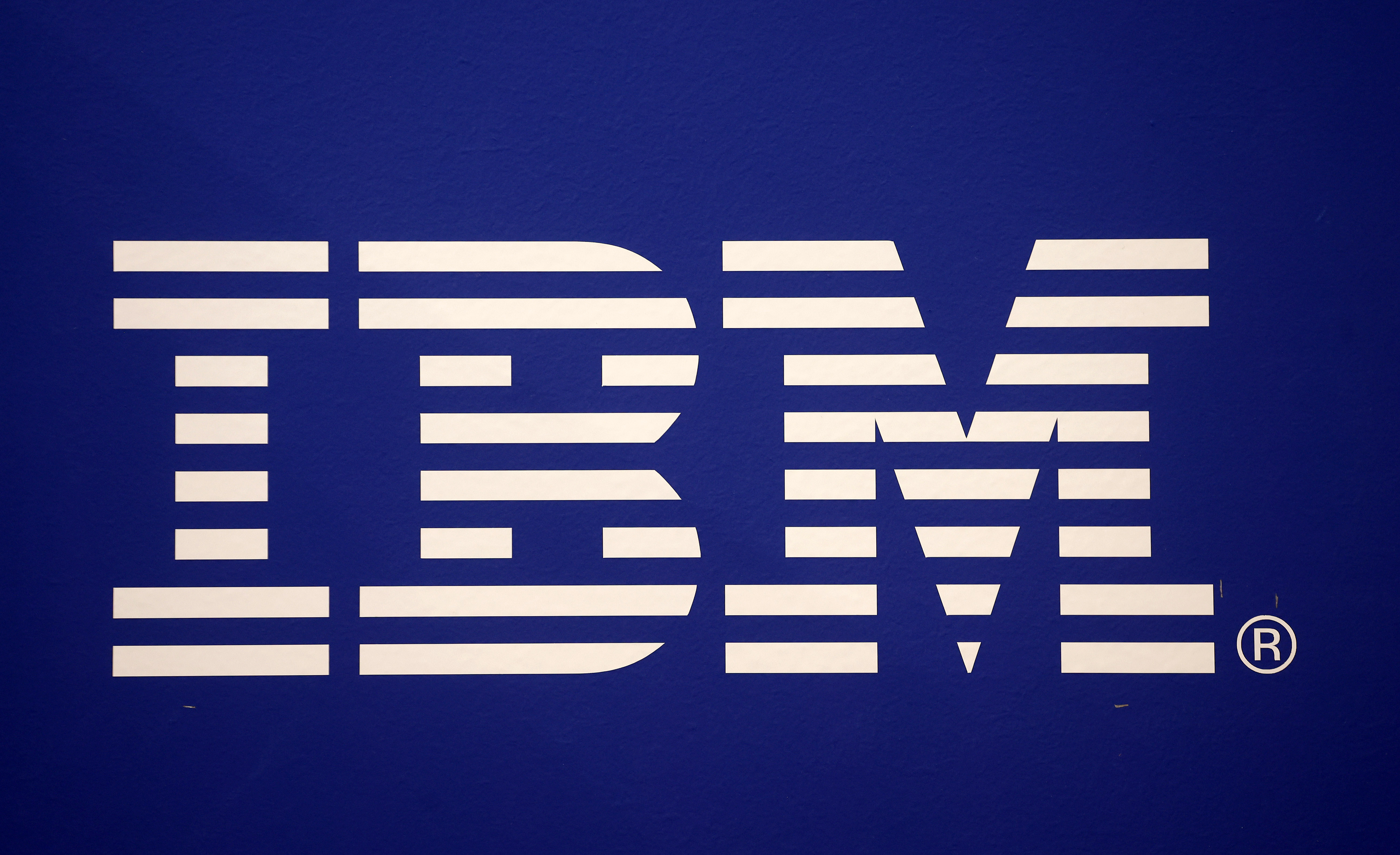Public cloud does not hold all the answers
Public cloud has long been the default option for many organizations, but is it time businesses questioned their assumptions on how to get the most out of cloud?


Only when leaders rigorously scrutinize their assumed knowledge will they be able to properly determine the best path to take for their organization's IT environment. This approach enables firms to make more informed decisions and have real confidence that they are more likely to support their business objectives. Accepting ‘received wisdom’ may not be a wise act in itself.
Public cloud has been the default option for many organizations over the past decade. The much-touted benefits of cloud computing and the dominance of a handful of major players swallowed most of the business, through brand recognition, lock-in through the wider technical environment, and partnerships with just about every MSP and channel partner in the world.
Assumptions were and continue to be made across the board about the inevitability of using public cloud services. The same names appear on everyone’s lips together with an implicit assumption that such services will meet most if not all requirements.
Which it does, for some. For many even. Especially those with relatively lightweight requirements. But when it doesn’t, when it leads to underperformance, downtime, and burst budgets, there is a reckoning which significantly impacts end users, MSPs, and channel partners.
This is why there has been a recent movement away from public cloud. Many organizations realize there are solutions available that better fit their needs, and that the big tech vendors don’t necessarily hold all the answers.
Dynamic services can be an expensive illusion
Dynamic public cloud resources appear to be a perfect solution – only paying for the services you need when you need them. Hardware resources are transformed from an unsightly on premises space-eater to something to be spun out of the air when required. A kind of technological magic trick or illusion, if you will.

To provide dynamic resources, the public cloud vendor must have pre-provisioned large amounts of hardware to be ‘available’ for dynamically scaling customers. Much of that equipment won’t be in use for much of the time, sitting on standby, losing value and using up space in an expensive data center. To be profitable, the use of that equipment needs to be priced high and be over-provisioned.
Stay up to date with the latest Channel industry news and analysis with our twice-weekly newsletter
This equates to high usage costs, which are not always clear when forecasting budgets based on granular pricing. Additionally, there’s a risk of underperformance, which worsens with increased over-provisioning often done to try and keep monthly bills low.
To ensure profitability, this equipment will also remain in use for as long as possible, meaning customers are often offered base components that do not meet current demands. This can leave many organizations paying much more while being much less performant than they were before moving to the public cloud.
Against vendor dominance
RELATED WHITEPAPER

Beyond the issues around cost and performance, the dominance of certain players now constitutes an increasing threat to the overall cyber resilience of global business. The recent global outage of Microsoft services caused by CrowdStrike, followed quickly by a global Azure outage, clearly demonstrates the risk of vendor dominance in any market.
Of course, it also goes without saying that providing anyone with an almost monopolistic dominance over a market is bad for competition, innovation, and specificity. In such scenarios, a small number of organizations win big and the rest lose.
Private cloud and sector experts
Mitigate the risk by investing in a wider range of technologies and supporting smaller, innovative vendors alongside the big players. This leads to a healthier, more varied environment, ensuring the market makes improvements in cost, performance, and security. It allows sector expertise to thrive and evolve, unlocking benefits that might otherwise be overshadowed by big tech generalism.

Private clouds may be less dynamic but are more likely to be fit for purpose when managed by sector-specific experts who can spend time with you to ensure appropriate solutions that meet both performance and budget requirements. Alongside better-informed solution design, it is also more probable that private cloud offerings will be supported by responsive, available experts rather than rabbit holes of outdated knowledge bases, AI best-guessing chatbots and layers of outsourced non-experts trying to communicate over muffled telephone lines.
Cloud benefits do exist
Much of the promise of cloud computing still exists. Centralization of resources can enable better collaboration with the right tech and solution design, better security management through the reduction of countless locations and endpoints, greater efficiency of estate administration, overall reduction of hardware, and increased resiliency. In addition, cloud-hosted services better serve modern hybrid and remote working use cases for businesses.

Scalability is also easier, even if not fully dynamic (the best solutions tend to be an informed balance of dedicated and dynamic resources). Finally, cloud services support greater flexibility, a critical factor in a world that is changing ever faster.
Reverting to on premises after being burnt by public cloud might be the right answer for your organization. But that could also be cutting your nose off to spite your face. Research private cloud options first, ask the difficult questions and make sure it’s right for you.

Tim Whiteley is the co-founder of Inevidesk, where he leverages over a decade of technical expertise to make virtual desktops accessible to organisations with high graphical demands. Through a combination of deep industry knowledge and strategic partnerships, Tim is helping businesses transition from physical workstations to GPU-powered Virtual Desktop Infrastructure (VDI), enabling them to work flexibly from anywhere without sacrificing performance. His focus is to drive agility, productivity, and competitiveness by delivering scalable, cost-efficient VDI solutions that are easy to deploy and deliver long-term business value.
-
 HackerOne eyes enterprise growth with double C-suite appointment
HackerOne eyes enterprise growth with double C-suite appointmentNews Seasoned industry executives Stephanie Furfaro and Stacy Leidwinger have joined the cyber security vendor’s executive team
-
 Samsung Galaxy Tab S11 review
Samsung Galaxy Tab S11 reviewReviews A brilliant lightweight tablet with a superb screen, but the competition makes it look expensive
-
 Cloud confusion: Why can't we say what we mean?
Cloud confusion: Why can't we say what we mean?Industry Insights Cloud jargon creates confusion, risking security gaps and business vulnerabilities in organizations
-
 Why understanding the customer’s network unlocks its value and your success
Why understanding the customer’s network unlocks its value and your successIndustry Insights Working as providers of true value rather than the first port of call for short-term solutions is key for the channel
-
 The role of the MSP in lighting the path to a revised cloud strategy for the mid-market
The role of the MSP in lighting the path to a revised cloud strategy for the mid-marketIndustry Insights The answer isn't always the public cloud and the channel can help show mid-sized businesses the way forward in their cloud journey
-
 Overcoming DevOps challenges in multi-cloud environments
Overcoming DevOps challenges in multi-cloud environmentsIndustry Insights Multi-cloud architectures provide opportunities for growth and agility, but ensuring seamless, scalable, and secure operations remains a challenge
-
 Protecting the planet, one cloud at a time
Protecting the planet, one cloud at a timeIndustry Insights Channel leaders have a role to play in making the tech industry more sustainable and adopting GreenOps will be vital
-
 How MSPs can manage their revenue better
How MSPs can manage their revenue betterIndustry Insights As customer demands, IT needs, and new cyber threats emerge, MSPs can grow their revenue by helping clients get a clear picture their full SaaS landscape
-
 The channel’s evolving relationship with SaaS
The channel’s evolving relationship with SaaSIndustry Insights Software as a service has had a sizable impact on the channel since its introduction in the 1990s, but as the channel evolves so must SaaS platforms
-
 Putting the channel at the heart of the cloud marketplace economy
Putting the channel at the heart of the cloud marketplace economyIndustry Insights AWS Marketplace represents a huge opportunity for partners – now is the time to seize it